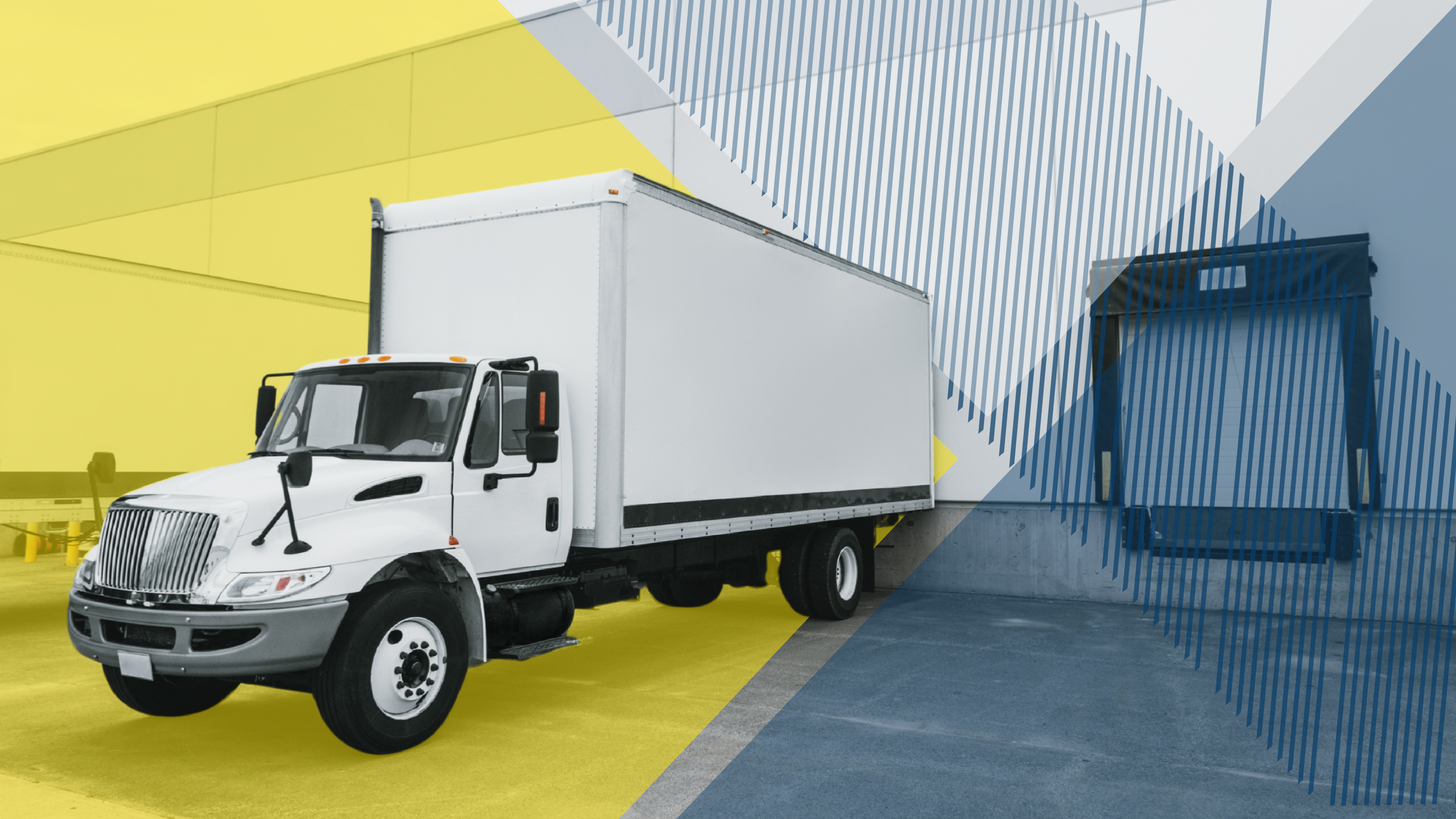Cross-docking and transloading are both logistics strategies employed in the transportation and distribution of goods, but they involve different processes. Both provide services aimed at increasing efficiency and reducing costs along the supply chain, but each does so in different ways. In this article, we will help you understand the intricacies of each service and which makes more sense for your business.
What is Cross-Docking?
Cross-docking is a logistics strategy in supply chain management where products from a supplier or manufacturer are distributed directly to a customer or retail chain with little to no handling or storage time. The primary goal of cross-docking is to reduce the need for warehouse storage space and minimize the time a product spends in the supply chain, this helps businesses reduce costs while increasing efficiency.
Its process involves a quick transfer of goods from the inbound transportation vehicle to the outbound transportation vehicle with little to no storage in between. Cross-docking typically includes the following key steps:
- Receiving and Unloading: Inbound shipments from suppliers or manufacturers arrive at the facility, which can be a distribution center or a specialized cross-docking terminal. Goods are then unloaded from the inbound transportation vehicles, such as trucks or trains.
- Sorting and Staging: Products are sorted based on their destination or final delivery location. Items may be consolidated or broken down as needed, creating batches of goods for specific destinations.
- Cross-Docking (Transfer): Goods are moved directly from the inbound receiving area to the outbound shipping area without being stored for an extended period. Products are loaded onto outbound transportation vehicles, which will transport the goods to their final destinations.
- Transportation to Final Destination: Outbound transportation vehicles leave the cross-docking facility and transport the goods to their intended destinations.
Benefits of Cross-Docking
Cross-docking offers several benefits for companies looking to streamline their distribution processes. Cross-docking provides advantages such as:
- Reduced Inventory Holding Costs: Cross-docking minimizes the need for long-term storage of inventory in warehouses. This reduction in storage time leads to lower holding costs, including expenses related to rent, utilities, insurance, and labor.
- Fast Order Fulfillment: Products spend less time in the supply chain since they are quickly transferred from the inbound transportation vehicle to the outbound transportation vehicle. This results in faster order fulfillment and shorter lead times for customers.
- Improved Efficiency: Cross-docking eliminates the need for intermediate storage and unnecessary handling of goods. This improves overall supply chain efficiency by reducing the time and resources required for storage and retrieval.
- Lower Transportation Costs: By consolidating shipments and optimizing transportation routes, cross-docking can lead to lower transportation costs. Full truckloads can be utilized more effectively, and unnecessary transportation legs can be eliminated.
- Reduced Risk of Inventory Obsolescence: Rapid movement of goods through the supply chain reduces the risk of inventory obsolescence. This is particularly beneficial for industries with products that have a short lifecycle or are subject to frequent updates.
What is Transloading?
Transloading is another popular logistics practice that involves transferring goods from one mode of transportation to another, typically from one type of vehicle to another. The goal of transloading is to facilitate the movement of goods between different transportation systems, such as from rail to truck, truck to ship, or vice versa.
It is a critical step in the logistics and supply chain, allowing for the efficient movement of cargo across different transportation networks. The specific steps in the transloading process may vary depending on the types of goods involved and the modes of transportation, but here is a general overview:
- Arrival of Goods: Goods arrive at a transloading location, which is strategically located to facilitate the transfer between different modes of transportation. These facilities are often situated at transportation hubs such as ports, rail yards, or distribution centers.
- Unloading from Initial Transportation Mode: The goods are unloaded from the initial mode of transportation. For example, if arriving by ship, the cargo may be unloaded from containers onto the dock.
- Transloading: The actual transloading process involves loading the goods onto the next mode of transportation. This could be from truck to rail, rail to ship, or any other combination of transportation modes.
- Loading onto the Next Transportation Mode & Delivery To Final Destination: The goods are loaded onto the next transportation vehicle and are transported to their final destination using the chosen mode of transportation. This could involve further transloading steps if the journey requires multiple changes in transportation modes.
Benefits of Transloading
Transloading provides several benefits for businesses looking to improve their supply chain efficiency. Some of the key advantages include:
- Intermodal Flexibility: Transloading allows for the seamless transfer of goods between different modes of transportation (e.g., ship to truck, rail to truck). This flexibility enables companies to take advantage of multiple transportation networks and optimize the supply chain.
- Geographic Optimization: Transloading facilities are often strategically located at key transportation hubs, such as ports or rail yards. This strategic placement helps optimize the flow of goods and minimizes transportation costs.
- Handling Different Regulations: Transloading can be used to comply with different transportation regulations. For instance, goods may need to be transloaded to comply with weight restrictions or to switch between international and domestic transportation systems.
- Scalability: Transloading allows for scalability in response to changing demand or distribution requirements. It provides the flexibility to adjust transportation methods and routes as needed without significant disruptions.
- Risk Mitigation: Transloading can help mitigate risks associated with transportation challenges or disruptions. By diversifying transportation modes, companies can reduce dependency on a single mode, lowering the impact of potential disruptions.
Difference Between Cross-Docking and Transloading
Transloading and cross-docking are both strategies that involve the movement of goods between different transportation modes, but they have their own distinct characteristics and purposes. This includes:
Timing of Goods Handling
Cross-Docking: Aims to minimize handling and storage time, with goods being quickly transferred from the inbound to the outbound vehicle.
Transloading: Involves handling goods for a longer duration, including unloading from one transportation mode, potentially temporary storage, and loading onto another transportation mode.
Storage Considerations
Cross-Docking: Minimizes or eliminates storage time, with goods moving through the facility without being stored for an extended period.
Transloading: May involve temporary storage of goods at the transloading facility, allowing for consolidation, sorting, or waiting for the availability of the next mode of transportation.
Product Characteristics
Cross-Docking: Suited for a wide range of products, especially those with a short shelf life or high demand for rapid distribution.
Transloading: Works well for goods with varying transportation requirements, such as bulk commodities or products with specific handling needs.
Flexibility
Cross-Docking: Provides flexibility in quickly responding to changes in demand or distribution requirements, optimizing the flow of goods through the supply chain.
Transloading: Offers flexibility in choosing the most suitable transportation modes for different segments of the supply chain, optimizing costs and efficiency.
Cross-Docking & Transloading FAQ
What types of products are suitable for cross-docking?
Cross-docking is suitable for a wide range of products, particularly those with a short shelf life, high demand, or products that benefit from quick distribution to end customers.
How does cross-docking differ from traditional warehousing?
Cross-docking minimizes or eliminates the need for long-term storage by quickly transferring goods between transportation vehicles. Traditional warehousing involves storing products for an extended period.
How does transloading contribute to cost optimization?
Transloading allows companies to choose the most cost-effective transportation modes for different segments of the supply chain, leading to overall cost savings.
Can transloading involve temporary storage of goods?
Yes, transloading may involve temporary storage at the facility, allowing for consolidation, sorting, or adjustments to the handling of goods before loading them onto the next mode of transportation.
What is an example of cross-docking?
Products from various suppliers are shipped directly to a distribution center, where they are swiftly unloaded, sorted, and immediately loaded onto outbound trucks based on their final destination (e.g., retail stores). The products spend minimal time in the distribution center, bypassing lengthy storage periods.
What is an example of transloading?
If goods arrive by rail, they might be transloaded onto trucks for further transportation. This process facilitates the seamless movement of goods across different transportation networks and modes, optimizing the supply chain by eliminating the need for intermediate storage.
Find The Right Transportation Services With Nautical
Regardless of your transportation needs, Nautical has you covered. We provide both cross-docking and transloading services out of our Kansas City, MO warehouse. If you are looking for a new transportation partner, reach out to our expert team today to see how we can help!




